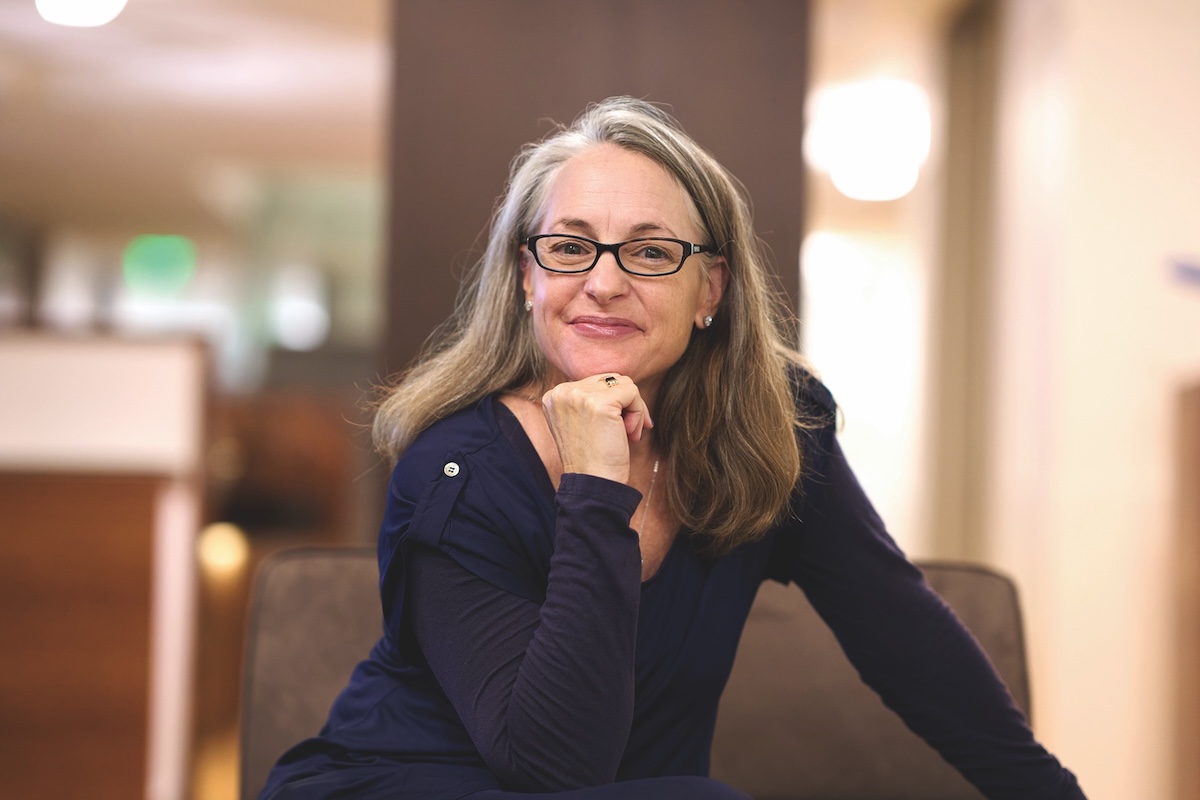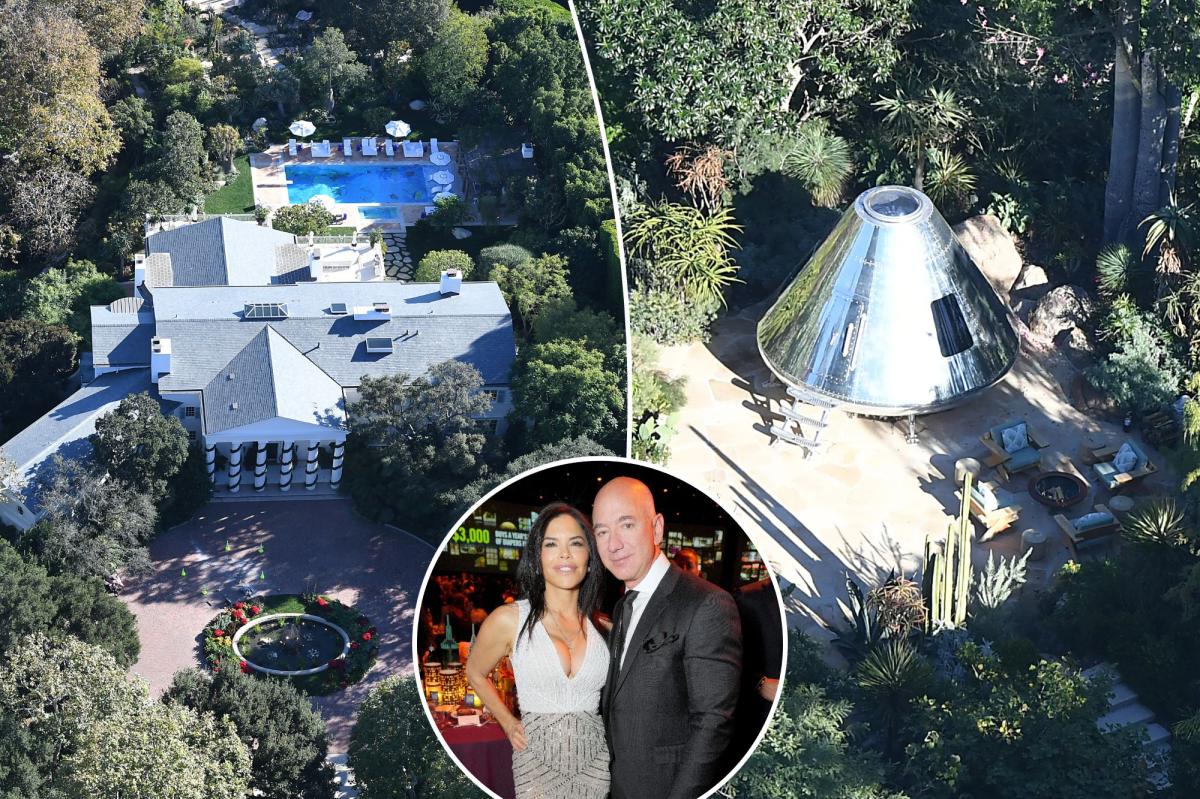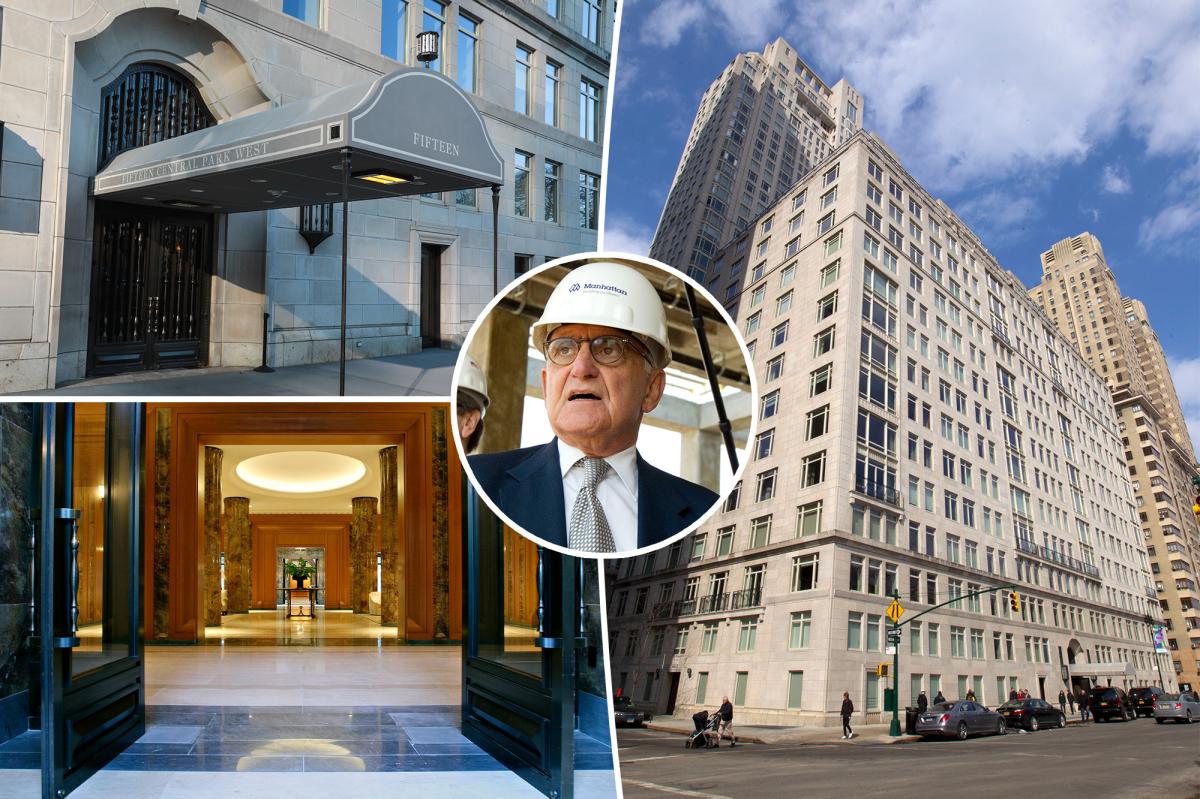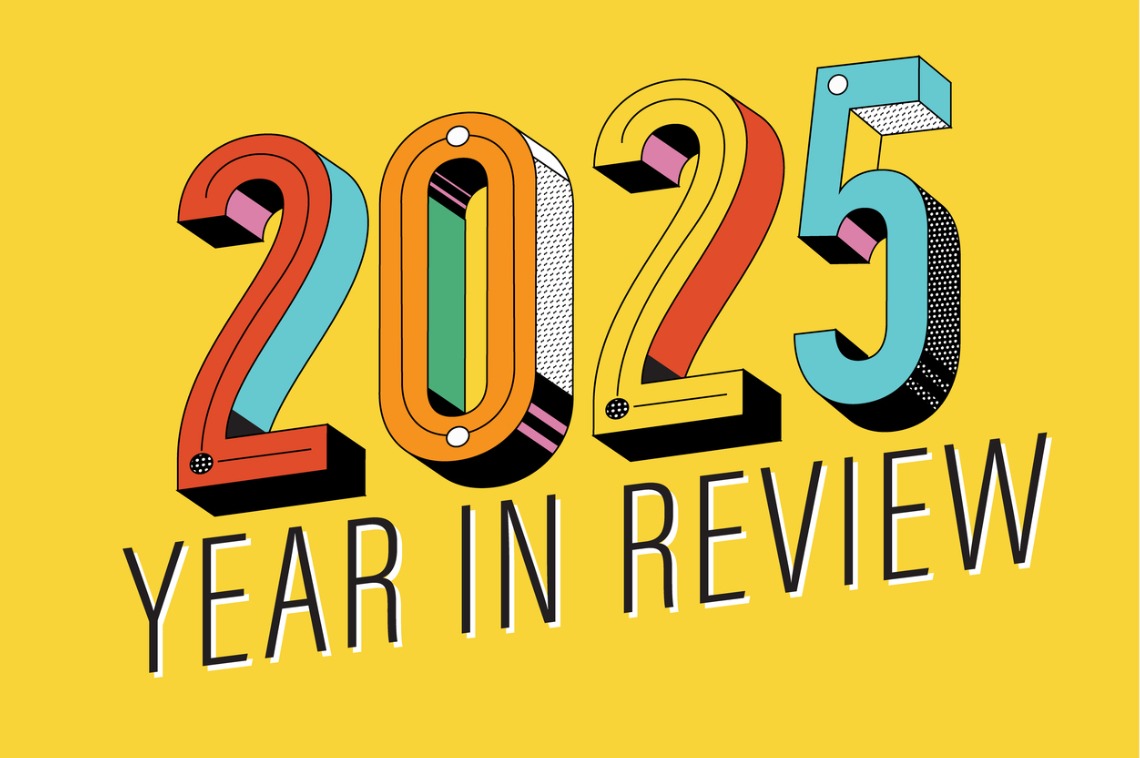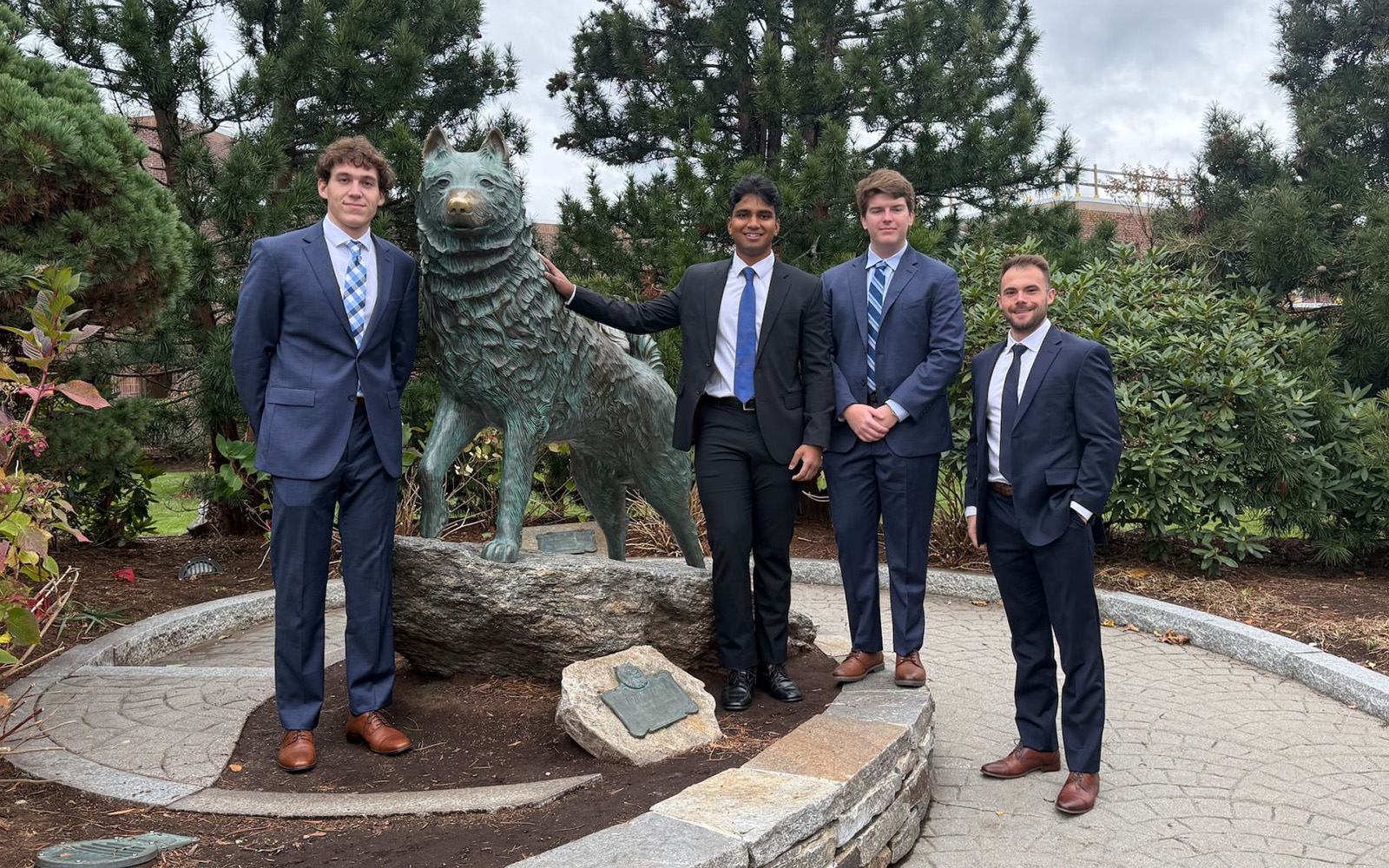K
acy Keys launched Praxis Development Group in 2019, choosing a partnership model that lets the firm work with landowners instead of buying land outright. This approach cuts acquisition costs while still delivering projects across multifamily, mixed‑use, office and retail sectors. Praxis’s portfolio is anchored in Southern California, with notable developments such as 1601 Vine, The Vermont, and The Clark on 54th. The latter is a 48‑unit mixed‑use project on Crenshaw that is currently under construction.
**Why mixed‑use projects matter in Los Angeles**
Mixed‑use developments embody the “15‑minute city” idea: neighborhoods where residents can meet most of their daily needs—coffee, groceries, work, recreation—within a short walk or bike ride. The concept blends residential, commercial and community spaces to reduce car dependence, foster walkability, and strengthen local economies. In practice, it creates vibrant, connected streets where people can live, work and play without leaving their block.
In Los Angeles, the benefits of mixed‑use are clear. They increase density, promote sustainability, and build community ties. However, their success hinges on parallel investment in reliable transit, pedestrian pathways and cycling infrastructure. Without these supports, even the most thoughtfully designed projects can feel isolated, becoming beautiful but disconnected pockets rather than integral parts of the city’s fabric.
**Where mixed‑use projects thrive—and where they falter**
Transit access is the linchpin of effective mixed‑use development. Projects flourish in areas already served by robust transit or where significant upgrades are underway. While large‑scale developments can create self‑contained ecosystems, most neighborhoods rely on a broader network of public transportation and walkable streets.
Praxis has worked in dense districts such as downtown Los Angeles, North Hollywood, Koreatown and the Crenshaw Corridor. In theory, proximity to transit should make living, working and playing easier without a car. In reality, Los Angeles’s transit and bikeway systems still lag behind cities like London, New York, Tokyo and Mexico City. This gap forces residents to plan around traffic, often leading to car‑centric habits that erode community connection. Reliable transportation is essential; without it, even the best mixed‑use projects struggle to deliver on their promise.
**Developing a vision for mixed‑use projects**
Every Praxis mixed‑use project begins with a simple question: how will people live here? The team looks at quality and livability, imagining what makes a place feel like home. They consider natural light, quality spaces, and everyday experiences—where residents grab morning coffee, how they feel when returning from a long day, and how the environment supports their routines.
Balancing vision with financial reality is crucial. A design that cannot be funded is not a project. Praxis works closely with capital and debt markets to align ambition with economic feasibility. Successful developments prioritize livable unit sizes and thoughtful design, creating spaces where residents can escape city noise and feel at ease. When people feel comfortable and belonging, the entire community benefits.
**The power of mixed‑income, mixed‑use**
Praxis believes that mixed‑income, mixed‑use projects form the foundation of healthy communities. Projects that focus solely on micro‑units or 100% affordable housing—often the focus of public policy—risk repeating past mistakes. Homogeneous developments can lead to segregation and lack the flexibility for families to grow. History, such as the failure of Pruitt‑Igoe in St. Louis, shows the pitfalls of single‑model approaches.
The Clark on 54th exemplifies a balanced model. By combining mixed income with mixed use, the project offers a place people want to live, not just sleep. This approach supports diversity, connection and long‑term neighborhood vitality.
**Target demographics shape mixed‑use components**
The intended demographic of a complex informs the mixed‑use mix. Praxis’s guiding belief is that diverse communities are socially valuable and make better investments. Projects that serve a range of incomes, ages and lifestyles tend to remain relevant longer and create resilient economies.
Geography and socioeconomic factors dictate leasing strategy—what retail, services and amenities are needed to support daily life. A Koreatown development may attract different retail than one in North Hollywood or downtown, but the goal remains the same: reflect the people who live there.
**The future of mixed‑use in Los Angeles**
Los Angeles’s mixed‑use future depends on building smarter, not just bigger. Residents want neighborhoods that support their lives, not isolate them. This means designing projects that bring housing, work and community spaces closer together, while pairing them with real investment in transit, safety and public infrastructure.
There is growing momentum for walkable, connected communities, but city and state governments move slowly and leadership is often lacking. Creating livable, quality projects should become the norm rather than an uphill battle. As Los Angeles evolves, mixed‑use developments will play a critical role in shaping how people experience urban life, move through their days, connect with others and feel a sense of belonging. The opportunity now is to raise the standard of quality and livability, making future Los Angeles more accessible, connected and human.
